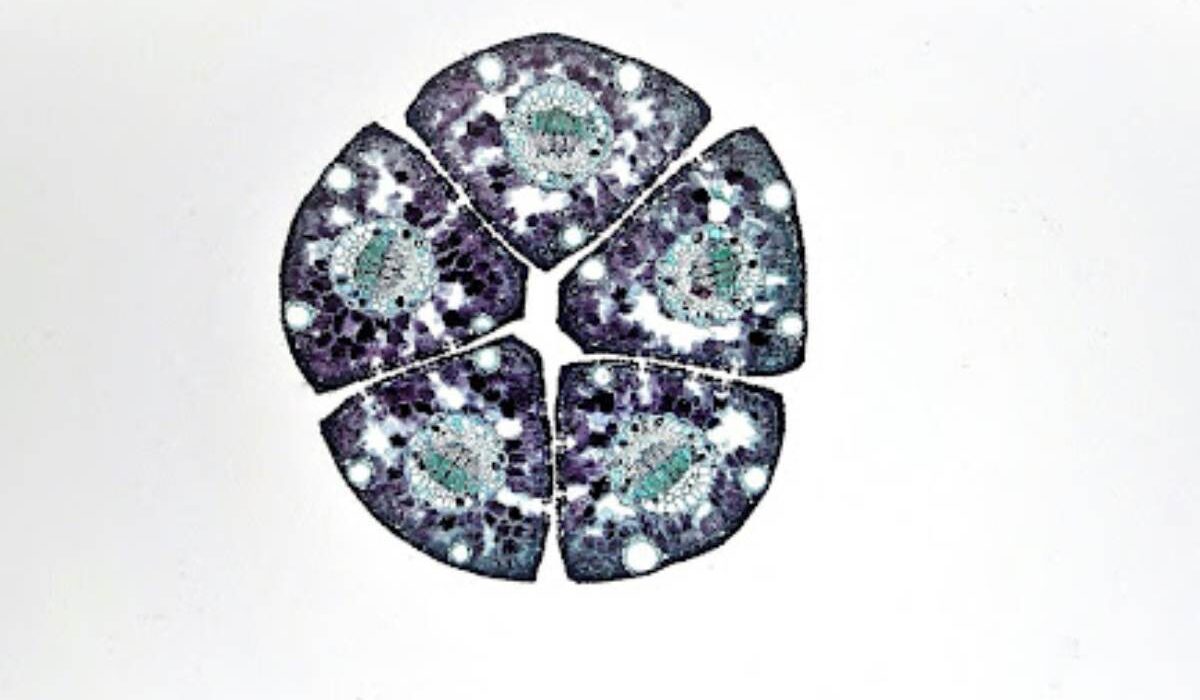Medical science has been tearing it up over the past few decades—breakthroughs that would’ve sounded like sci-fi not long ago. Researchers now have the gear to dive into diseases at the molecular and cellular level, spotting things that used to stay hidden. Getting health down to this nitty-gritty scale isn’t just neat—it’s the secret sauce for cooking up treatments and prevention plans that actually stick. Diseases often kick off with tiny cellular hiccups, and nabbing those early can turn the tide for patients. It’s like catching a leak before the whole pipe bursts.
New tech’s letting scientists zero in on individual cells instead of just eyeballing a tissue mash-up. That shift’s lit a fire under fields like cancer, brain research, and immune studies. Pinpointing those subtle cell differences is cracking open how diseases sneak in. It’s the bedrock for personalized medicine—treatments tweaked to your DNA, not some off-the-shelf fix. Tracking a cell’s journey over time? That’s flipping the medical playbook, dishing out fresh hope for folks battling tricky conditions.
Unveiling Cellular Complexity
The human body’s a bustling metropolis—trillions of cells, each with its own gig. Old-school methods smooshed them all together for a look, missing the oddballs in the crowd. Single cell sequencing has changed the game—it’s like handing each cell a mic to spill its genetic beans. That close-up reveals a wild mix of diversity, showing how little quirks tie into health or sickness. Rare cell types step out of the shadows, unique gene patterns strut their stuff—it’s a treasure chest for sketching sharper disease maps and pinpoint therapies. A lab might spot a rogue cell fueling trouble, and boom, they’ve got a new bullseye to aim for.
Transforming Cancer Research
Cancer’s a messy beast—pockets of cells with their own genetic flavors. Older approaches blurred it all into one picture, skipping the fine print. New cellular analysis tricks let researchers track how genes shift as tumors grow, snagging standout markers along the way. They’re mapping how cancer clans branch out inside a mass—say, in a lung tumor, spotting a stubborn cell group could steer treatment right at it. That’s tailoring therapies to hit harder, dodge resistance, and boost survival odds. It’s a smarter path forward, guiding where cancer research digs next.
Advancing Neurological Insights
The brain’s a crazy patchwork—tons of cell types wiring up those mind-bending networks we run on. Past studies lumped them into a fuzzy average, losing the details. Cutting-edge cell-level tools now peel apart neurons and glial buddies one by one, shedding light on how brains build and break. Spot gene shifts tied to Alzheimer’s plaques or Parkinson’s shakes, and you’ve got a lead on what’s going haywire. A researcher might catch a neuron fritzing early—think targeted fixes or regrowth moves to patch a worn circuit. It’s a fresh take on brain health that’s just revving up.
Enhancing Immunological Understanding
The immune system’s a crew—diverse cells teaming up to keep the bad guys out. Checking them out solo’s how you crack their moves. New methods zoom into immune players like T-cells or macrophages, pulling apart what genes they’re humming. It’s a clearer peek at what they nail or botch, key for whipping up vaccines or therapies. Picture tweaking an autoimmune fix based on one patient’s off-kilter cells—custom and spot-on. That’s driving immune breakthroughs with a personal edge.
Personalizing Medical Treatments
Personalized medicine’s the dream—treatments built around your genetic vibe. Cellular-level insights hand over the roadmap, spotlighting unique mutations or gene quirks. Clinicians grab that and craft therapies that hit the mark—say, a cancer drug dialed in for your tumor’s weird cells. It’s more punch, less fallout—a leap from the one-size-fits-all days to healthcare that fits like a glove. A patient with a rare condition might get a fix no standard playbook could touch.
Overcoming Current Challenges

This cellular deep-dive’s got hurdles, no doubt. Amping tiny samples can fuzz the data if errors creep in, and the gear’s still a wallet-buster. Crunching all that info’s a beast too—takes some hefty tech chops. But the smart folks are on it—new tools are smoothing the wrinkles, and costs are starting to dip. A lab might crack a cheaper trick soon, and suddenly it’s popping up in clinics everywhere. Those fixes are nudging this approach closer to everyday care.
Future Directions in Healthcare
Healthcare’s future’s all about the small things—diseases at their tiniest roots. Cellular insights are dishing out a front-row seat to how bodies tick and tangle. As tech ramps up, it’ll ripple across every medical corner—earlier catches, sharper fixes, better lives. Imagine a doc spotting cancer cells years before a lump even hints at trouble—game-changer. This cellular lens is a giant leap into a new medical era, and we’re just getting the engine warm.


